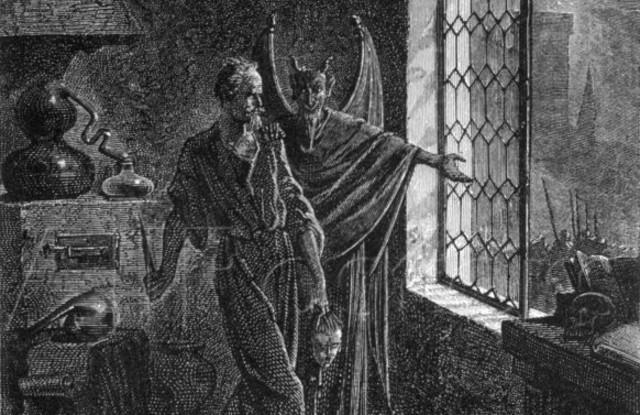Over its bloody history, France has seen its fair share of awful people. The Marquis de Sade, a perverted sex offender. Maximilien de Robespierre, responsible for the Reign of Terror during the French Revolution, which saw anyone he didn’t like lose their head. Maréchal Pétain, France’s ruler during World War II, a Nazi collaborator and dictator. Pierre Chanal, a serial killer who murdered 17 boys not all that long ago. But amongst this eminent group of dreadful individuals, one man stands tall: Gilles de Rais, Marshal of France, executed for murder, paedophilia, and blasphemy in 1440.
Until the last 50 or so years, few outside France knew much about de Rais. His story was considered so horrific that it was told only by parents scaring their children into obedience. Yet after the publication of some lurid 20th-century biographies and the translation of French sources, de Rais is enjoying a new (in)fame in the age of the internet. However, there are those who believe de Rais was innocent, and the victim of the political machinations of 15th-century France. So, was he the worst man ever to have lived, or a slandered innocent? Let’s find out.

The de Rais Family
To understand the story of Gilles, we must look to the history of his family. The de Rais family was immensely wealthy, and one of the noble families of France. The French nobility were a martial caste, charged with protecting the kingdom against attack and supporting the king’s expansion of his territory. Since 1337, the French nobility had been at war on home soil against the English, whose king claimed the crown of France. The war was bloody and destructive, and as if things were not bad enough, the Black Death also arrived in 1348, and rapidly spread.
The French nobility were tasked with keeping in order, and protecting, a large and chaotic country. Unfortunately, they summarily failed in this task, as war against the English lasted between 1337 and 1453 and the French were routinely beaten on the battlefield, whilst the populace and church were subjected to vile atrocities. Nonetheless, it was vital that relations between nobles were good, though this was seldom the case, and that a steady stream of heirs was available to take the lands and titles when their holders were inevitably killed by war or plague. Otherwise, things could get even worse.
In 1400, one of the most powerful and wealthy nobles in France, Jeanne Chabot, was separated and childless. It was thus important to ensure that her lands and power went to a suitable heir, and after various legal wrangles she named Guy de Laval in 1402. Guy’s inheritance was disputed by other nobles greedy for Jeanne’s possessions, and thus in 1404 he married Marie, daughter of his rival claimant, Jean de Craon, as a compromise. The couple lost no time in producing an heir, and that year Gilles de Rais came into the world, securing his family’s fortune and possessions.

